Through Mijente Support Committee’s #NoTechforICE efforts over the years, we exposed dozens of the ways tech companies harm our gente. Through expensive contracts they reinforce government surveillance, policing, and the criminalization of immigrant, Black and brown communities. But how did this culture of surveillance and policing come to be?
The Growing Influence of Technology
Before we get into the history, here’s a look at where we are today: a tangled web of corporate greed, innovation, and injustice. Today, tech corporations profit off providing surveillance tools to law enforcement agencies that are used against immigrants, organizers, and all of us. Here’s just a few examples:
- Palantir providing the “engine” for Trump’s deportation machine
- Activists at Standing Rock surveilled by private security firms and law enforcement
- Companies like Google and Anduril helping build the “virtual wall” along the border for the Biden Administration
- LexisNexis selling Immigration and Customs Enforcement (ICE) millions of dollars worth of surveillance tools
Below we’ll cover some key moments of surveillance and policing history and techniques, and how they’ve evolved with advances in technology.
1. 1845, Narrative of the Life of Frederick Douglass
After escaping slavery in Maryland, Frederick Douglass and his wife settled in Massachusetts where he became an abolitionist and preacher. At that time, he was also writing his autobiography, The Narrative of the Life of Frederick Douglass. His book includes an analysis of the surveillance of enslaved people at the time, which many scholars have written about since.
For example, in “Dark Matters: On the Surveillance of Blackness,” Simone Browne talks about surveillance “as a comprehensive and regulating practice on slave life.” She traces the surveillance technology we see today to the trans-Atlantic slave trade to show how surveillance practices have a history of anti-Black racism and are not necessarily new.[1]
“…at every gate through which we were to pass, we saw a watchman–at every ferry a guard on every bridge a sentinel–and in every wood a patrol. We were hemmed in upon every side.” – Frederick Douglass
[1]
2. 1920s – Roots of Predictive Policing
Today, predictive policing programs are run throughout the US using computer systems to analyze large sets of data. With historical crime data, these programs help decide where to deploy police and identify individuals who are “more likely” to commit or be a victim of a crime.
The origin of today’s predictive or smart policing can be traced back to the Chicago School of Sociology. In the 1920s, they conducted studies seeking to predict “at-risk” individuals and locations. They looked at and systematized “individual risk factors” to (as they claimed) predict the likelihood of reoffending. This led to the development of early risk assessment policing tools, which are present in all aspects of policing today. As data collection and analysis has gotten stronger, police surveillance through prediction has continued to grow.
Many people point to California, under LAPD Chief William Bratton’s leadership, as an early adopter of predictive policing programs. The LAPD started collaborating with the federal government back in 2008, to implement the programs. This program began with the collection of historical crime data (time, place, and type) and a computer algorithm that used data to predict “likely” areas of criminal activity.
However, various audits and studies raise concerns on the validity and accountability of these programs. Advocates and researches share that the algorithms used reinforce racial biases and present Constitutional concerns.[2]
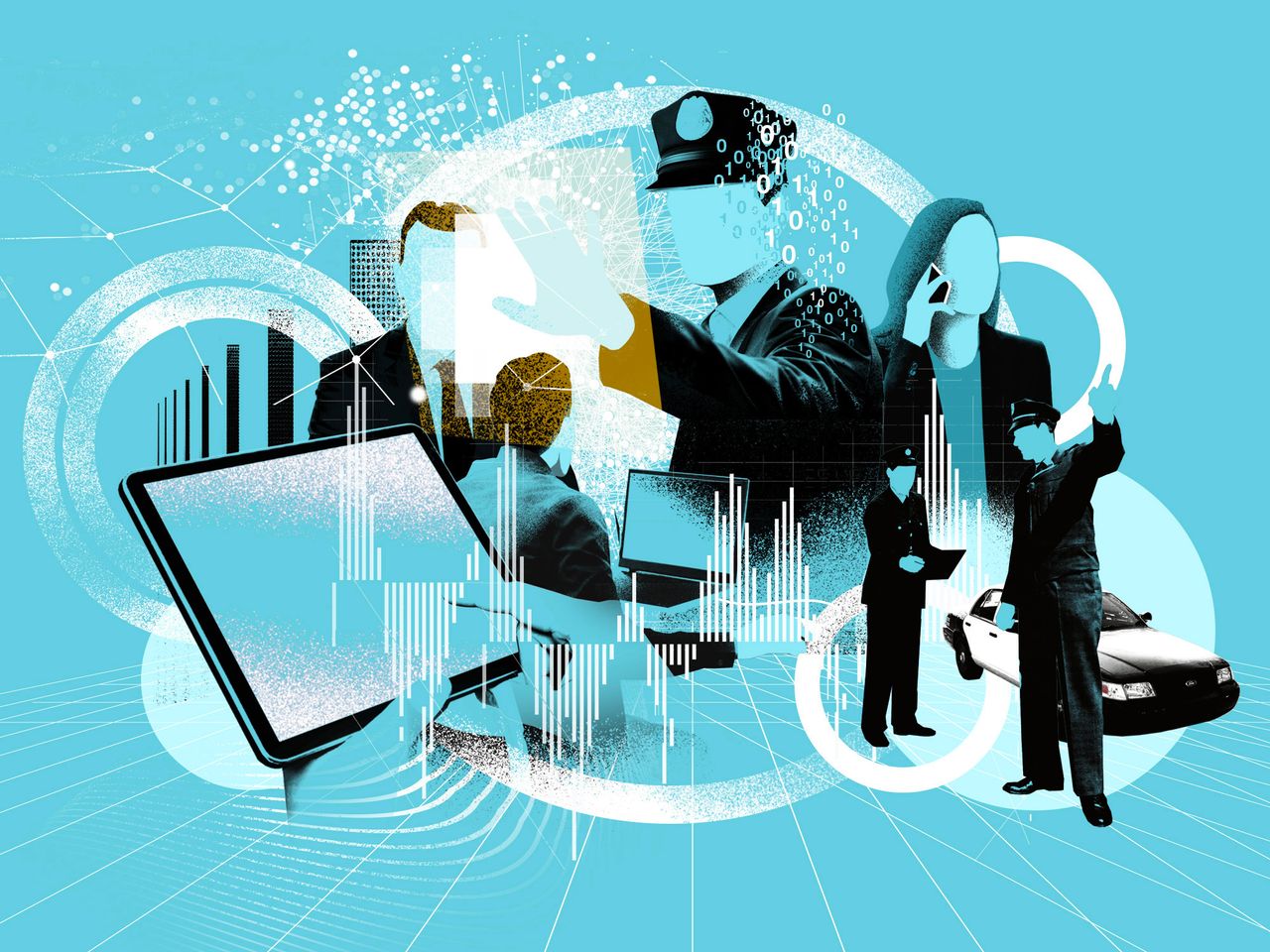
3. 1969, Home Security System Patent Approved
In 1969, Marie Van Brittan Brown (1922-1999), along with her husband Albert Brown, received patent approval for the invention of the home video security system. Her invention is widely credited and cited today as the predecessor to the 50 billion dollar home and business surveillance system industry today, which includes companies such as ADT and Ring.
In his article, Chris Gilliard breaks down the progression from Brown’s invention to Jamie Siminoff, the creator of the ring camera. He shares:
“A Black woman who feared for her safety creates a system. A white guy develops an iteration of this system later because he is annoyed that people are ringing his doorbell too often. This becomes a tool to manage Amazon’s loss prevention.”
[3]
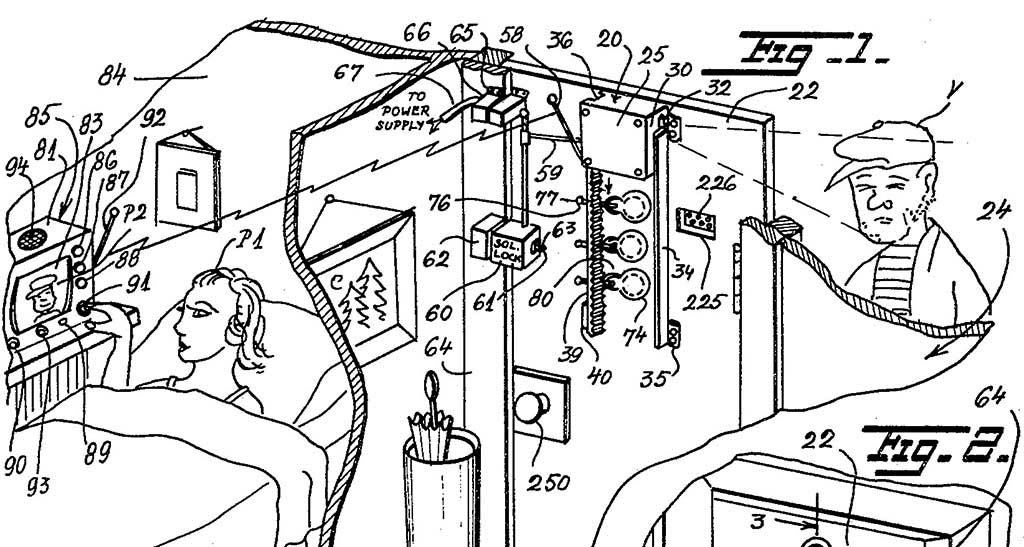
As Gilliard goes on to describe, Brown’s invention has since been used and weaponized. It went from an invention rooted in community safety into another layer of surveillance for law enforcement into people’s homes and neighborhoods.
4. 2002, Department of Homeland Security Established
Following September 11, 2001 the Department of Homeland Security (DHS) was created in 2002 to centralize information sharing and coordination amongst government agencies. This included the creation of the sub-agencies of Immigration and Customs Enforcement (ICE) and Customs and Border Patrol (CBP) in 2003. Under the banner of “protecting the homeland,” this agency has resulted in a post-9/11 mass surveillance state that links immigration enforcement to countering terrorism.
As DHS has grown, so have the budgets of ICE and CBP – with the goal of arresting, detaining, and deporting immigrants. DHS is currently the third-largest Cabinet department, with over 240,000 employees and an annual budget exceeding $50 billion.
Many advocates believe that the agency instead poses a threat to our democratic freedoms and civil liberties.[4] It is clear that the agency’s human right’s abuses and increasing militarization are dangerous to all, regardless of citizenship.[5]
5. 2003, Palantir Technologies is Founded
With the CIA amongst its early investors and the FBI and NSA as early business, Palantir is a big data analytics company. It was founded by Alex Karp with Peter Thiel (a Donald Trump supporter). Palintir believes that data and defense go hand in hand, and the company holds many government contracts, often secretive in nature. The company’s name “palantir” is derived from the all-powerful seeing stone crystals in “Lord of the Rings.”
Since 2014, Palantir has sold two programs to ICE. The first, ICE has called the Investigative Case Management (ICM) system, and is described as “mission critical” to their efforts. It has been used at the border to investigate the families and sponsors of children who crossed the border alone.
The second, FALCON is a tool that has been used by agents leading workplace raids. During a raid in which ICE agents stormed 7-11s nationwide, agents were told to download and use Palantir’s FALCON mobile app. FALCON is used by agents who lead raids like those in Mississippi in early August 2019, when almost 700 people were arrested en masse.[6]
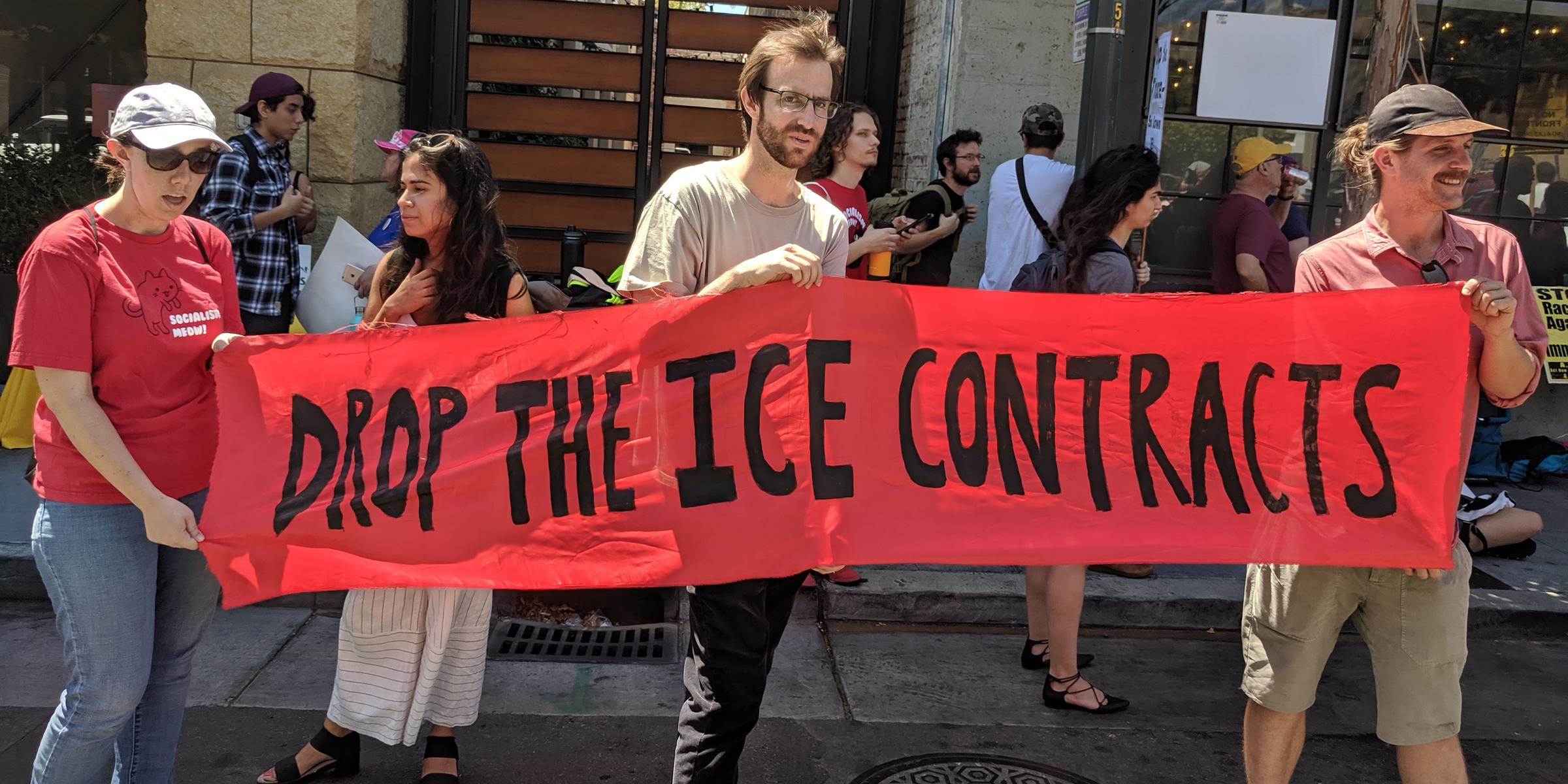
6. 2015, Charleston Church Massacre
Dylann Roof murdered nine African-American churchgoers at the Emanuel African Methodist Church in Charleston, South Carolina on June 17th, 2015. In his white supremacist manifesto, Roof talked about his online searches of ‘black on white crime’ that led him to a white nationalist website. He credits that search with “never being the same again” and developing the views that fueled his mass shooting online.
In her book “Algorithms of Oppression: How Search Engines Reinforce Racism,” Safiya Noble explores how search engines, particularly Google’s, use algorithms that amplify and reinforce racism and surveillance.[7] She writes that, “What Roof found was information that confirmed a patently false notion that Black violence on White Americans is an American crisis.”
7. 2016, Project Green Light
Project Green Light started in Detroit in 2016, as a crime prevention tool. Project Green Light is a program where the city partners with private businesses to install CCTV cameras and give police 24/7 access to footage. The Detroit Police Department (DPD) first partnered with 24-hour gas stations (so-called ‘crime hot spots’) to put up cameras. Now, it has expanded to include fast food restaurants, churches, apartment buildings and more.
As described by Tawana Petty, DPD has been using facial recognition since 2017 in their “Real Time Crime Center”. The two used in combination enables a dystopian surveillance state[8], one that Detroit police chiefs admitted fails up to 96% of the time.[9]
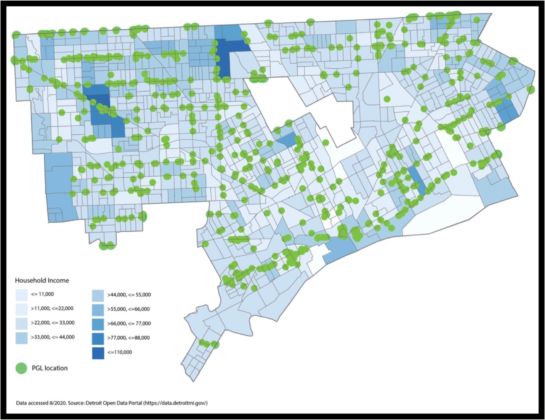
Rebecca Smith, a PhD candidate, studies the intersection between architecture, power, and technology, and researched the racialized surveillance of Project Green Light. In one report, she describes the concerns raised by writers, researchers, and activists:
“the program results in over-policing and criminalization, particularly of Black and brown Detroiters; that targeting people for low-level crimes, such as social distancing violations, is a particular burden for low-income people, who are less able to pay the fines and other costs that result; and that money spent on the program could better address the root causes of violence by investing in resources that the city’s neighborhoods and communities need.”
[10]
8. 2020, Black Lives Matter Surveillance
At least three CBP drones have been deployed on Black Lives Matter protesters in over a dozen cities nationwide. It happened as early as during the first week of protests after the murder of George Floyd. A CBP Predator surveillance drone was taken off its normal route on the Canadian border, and sent to hover over Minneapolis.[11]
The harms of border technology go far beyond the border and disproportionately impact Black, Indigenous, and communities of color. It’s clear that border communities are the test subjects for surveillance everywhere. Border enforcement policies have long served as a testing ground for military-grade surveillance far into the interior.[12] CBP expansively defines the border zone as any location that is 100 miles from a U.S. land or coastal border. Roughly two-thirds of the U.S. population lives within the 100-mile zone, including nine out of the 10 largest cities.
9. 2021, Chicago Police Kill 13-Year-Old Adam Toledo
In March 2021, a ShotSpotter alert brought police to Little Village, a predominantly Latinx neighborhood on the West Side of Chicago, where a responding officer fatally shot 13-year-old Adam Toledo.
ShotSpotter is a software company creating ShotSpotter detection technology that listens for the sound of gunfire and sends alerts of supposed gunfire to police officers with specific locations. However, a study conducted by the Macarthur Justice Center in Chicago revealed that 89% of the alerts led to activity not involving guns – and “86% led to no report of any crime at all”.[13]
With contracts all over the country, its contract in Chicago is one of the largest in the nation. It is largely located in predominantly Black and Latinx communities on the South and West Sides.[14] At the same time, communities throughout the US are raising questions about ShotSpotter and organizing for local governments to end their contracts.[15]
“While the technology is being “framed as a tool to curb gun violence,” it hasn’t effectively prevented violence. Instead, it is being used to justify the over-policing of predominantly Black and Brown neighborhoods that have experienced disinvestment over the years.” – Alyx Goodwin, Action Center on Race and the Economy (ACRE)
[16]
10. 2022, Robot Dogs
This year news broke that DHS was testing the use of robotic patrol dogs at the US-Mexico border as “mechanical reinforcements” for border patrol agents.[17] The company behind the technology is Ghost Robotics, a Philadelphia based company that produces four-legged robot “dogs” for the military and government agencies. These robot dogs can walk on sand, rocks and hills, as well as human-built environments such as stairs, and can come with attached rifles.
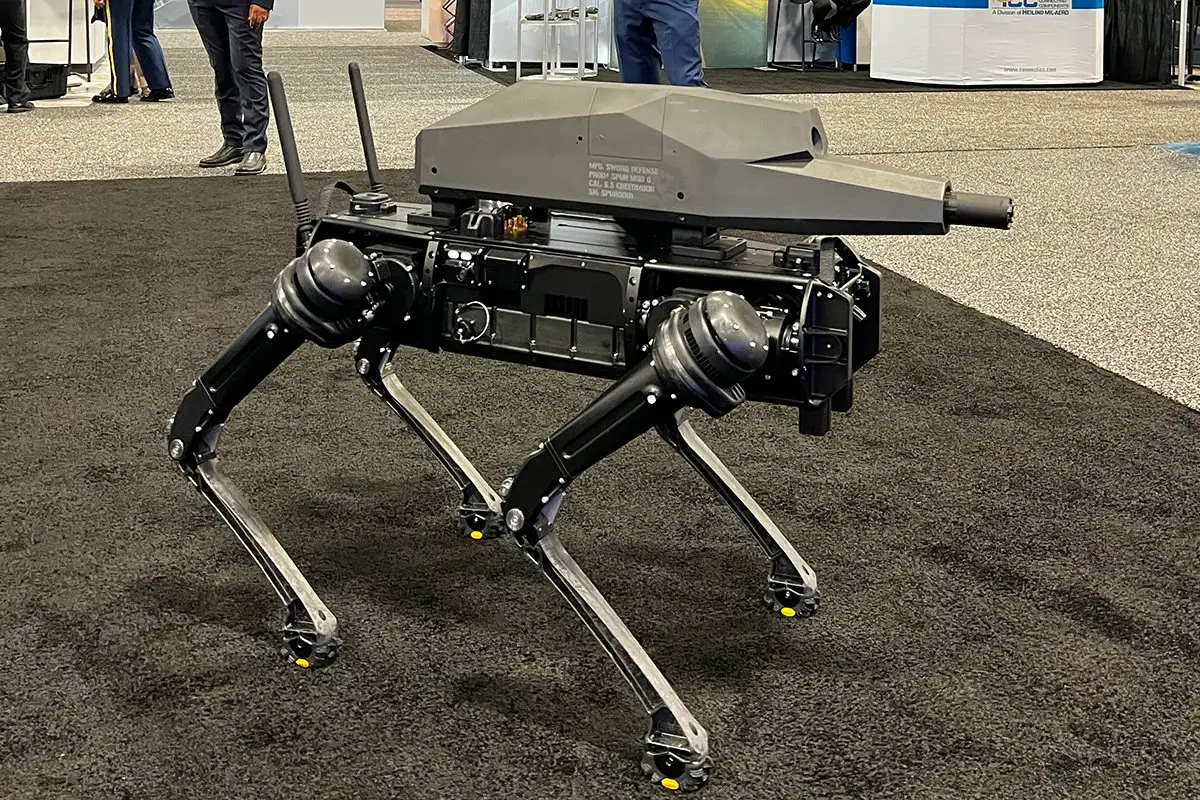
This technology forms part of the digital border wall or “smart wall” that has been steadily built along the U.S.-Mexico border for the last four presidential administrations.[12] It has been overseen by the DHS and supported by Democrats and Republicans alike. It is an attempt at total surveillance along the border and far into the interior, an effort by DHS to monitor and control everything that happens between the United States and Mexico under the justification of border enforcement.
Resources & Sources To Further Explore
- Claudia Garcia-Rojas. “The Surveillance of Blackness: From the Trans-Atlantic Slave Trade to Contemporary Surveillance Technologies.” Truthout, 3 March 2016.
- Tim Lau. “Predictive Policing Explained.” Brennan Center for Justice, April 1, 2020.
- Chris Gilliard. “A Black Woman Invented Home Security. Why Did It Go So Wrong?” WIRED, November 14, 2021.
- Shiyam Galyon And Laïssa Alexis. “The Case for Abolishing the Department of Homeland Security.” Teen Vogue, August 10, 2020.
- Naureen Shah. “20 Years Later, It’s Time to Overhaul the Department of Homeland Security.” ACLU, November 23, 2022.
- Julie Bort. “Palantir’s tech was used by ICE in the controversial arrests of 680 people at a Mississippi chicken farm according to an immigrants’ rights group.” Business Insider, October 4, 2019.
- Safiya Noble. “How Search Engines Amplify Hate — in Parkland and Beyond.” TIME, March 9, 2018.
- Tawana Petty. “Defending Black Lives Means Banning Facial Recognition.” WIRED, July 10, 2020.
- Timothy B. Lee. “Detroit police chief cops to 96-percent facial recognition error rate.” Ars Technica, June 30, 2020.
- Rebecca Smith. “Project Green Light: Surveillance and the Spaces of the City.” University of Michigan Carceral State Project, April 2021.
- Rebecca Heilweil. “Members of Congress want to know more about law enforcement’s surveillance of protesters.” Vox, Jun 10, 2020.
- Mijente, Just Futures Law, & No Border Wall Coalition. “The Deadly Digital Border Wall.” report published, October 2021.
- MacArthur Justice Center. “ShotSpotter Generated Over 40,000 Dead-End Police Deployments in Chicago in 21 Months, According to New Study.” press release, May 3 2021.
- Jim Daley. “In Chicago, Controversy Mounts Over the Use of Gunshot Detection Sensors.” The Trace, August 27, 2021.
- MacArthur Justice Center. “End Police Surveillance.” website, 2022.
- Mauricio Peña and Justin Laurence. “Chicago Should Cancel ShotSpotter Contract After Report Shows Police Influence On Technology, Activists Say.” Block Club Chicago, Jul 30, 2021.